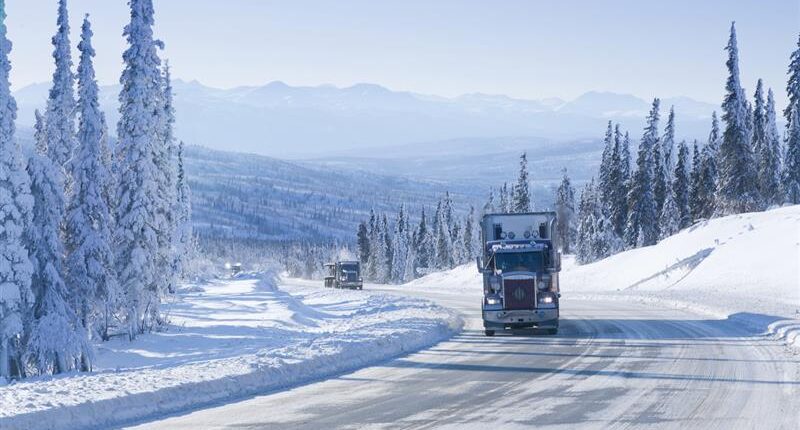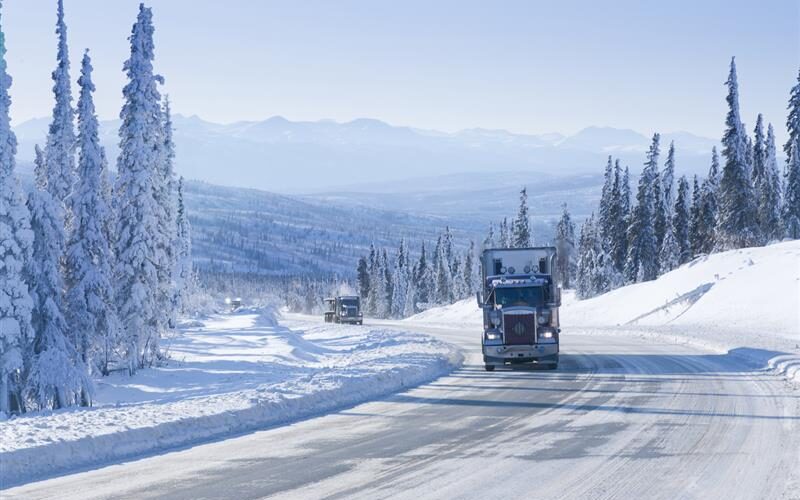As winter approaches, fleets must gear up for the harsh conditions that come with it. While you can’t control the weather, you can take proactive steps to ensure every vehicle in your fleet is in optimal condition. Proper winterization of your vehicles can help mitigate the risks associated with snow and ice storms, which often lead to accidents, road closures, and delays in product deliveries. Timely deliveries are vital for maintaining strong customer relationships and preventing adverse impacts on your bottom line, not to mention the costs associated with weather-related repairs.
Don’t wait until the first frost to act. Here are ten essential tips to prepare your fleet for winter:
- Monitor Battery Age and Health: Cold engines require more power to start, putting extra strain on the battery. Regularly check the battery’s condition to ensure it is fully charged and ready for winter conditions.
- Assess Battery Life: Extreme temperatures, vibrations and deep discharge cycles can shorten battery life. A discharged battery can freeze at 32 degrees, while a fully charged one only freezes at much lower temperatures. Keeping your batteries charged is essential.
- Adjust Tire Pressure: Tire pressure can drop by approximately two psi for every 10-degree temperature decrease. Underinflated tires can wear out faster and may fail, while overinflation can lead to damage. Refer to the tire manufacturer’s data chart for the correct pressure based on the load.
- Daily Water Separator Checks: Diesel fuels can have water suspended in them due to condensation in cold fuel tanks. To minimize risks, inspect your water separator every day.
- Coolant System Testing: Ensure your local service provider conducts a thorough winterization inspection of your cooling systems. A coolant test will guarantee that your coolant provides optimum freezing point protection, and the inspection should cover the radiator, hoses, belts and coolant filter replacement.
- Use Block Heaters: Diesel engines require higher cylinder temperatures for starting, especially in cold weather. When parked for extended periods, use an engine block heater to reduce cold starting challenges.
- Air Dryer Maintenance: The air dryer prevents moisture and contaminants from entering the vehicle’s air system, including the brakes. Regularly drain moisture from air tanks to prevent freezing in the lines, and maintain your air dryer according to the manufacturer’s schedule.
- Conduct Preventive Maintenance: Adhere to the OEM’s recommended maintenance schedule. Even with all precautions taken, breakdowns can still occur in harsh winter weather.
- Prepare for the Unexpected: Drivers should be ready for road closures, traffic jams and emergencies. An unexpected blizzard can strike when least expected, leaving you stranded in remote areas.
- Prioritize Personal Safety: Drivers must also take care of themselves during emergencies. Pack essential safety gear, including flashlights, food, beverages, extra medication, blankets and a spare cell phone charger.
Remember, time is limited when it comes to preparing your fleet for winter. These steps now can help ensure a safer, more efficient season.













